Yali – Divine Protector And Guardian Of Temples Warding Off Evil Forces In Hindu Mythology
A. Sutherland - AncientPages.com - A prominent figure of Hindu mythology and a personification of natural forces that can be seen in many South Indian medieval temples is a powerful and strong Yali.
At Meenakshi Amman Temple in Madurai, the cultural capital of Tamil Nadu state, there are as many as one thousand pillars richly covered with carvings of Yali.
 Madurai Meenakshi Amman Temple. Source
Madurai Meenakshi Amman Temple. Source
The Yali - a powerful symbol of protection – can be found in the Tiger Cave, one of the Mahabalipuram rock-cut temples constructed during the reign of King Narasimhavarman I, a great warrior and a devotee of Shiva.
The king is still remembered not for the conquests but for his contributions to the art and architecture of Tamil Nadu.
Descriptions of Yali are very old, and so are references to this mythical creature, often sculpted onto the pillars in temples.
As a personification of natural forces, Yali (also known in Sanskrit as Vyala or Vidala) became prominent particularly in South Indian sculpture in the 16th century.
He was considered to be more powerful than the lion, the tiger, or the elephant. The creature was believed to have organs of horse, lion, and elephant, all together in one.
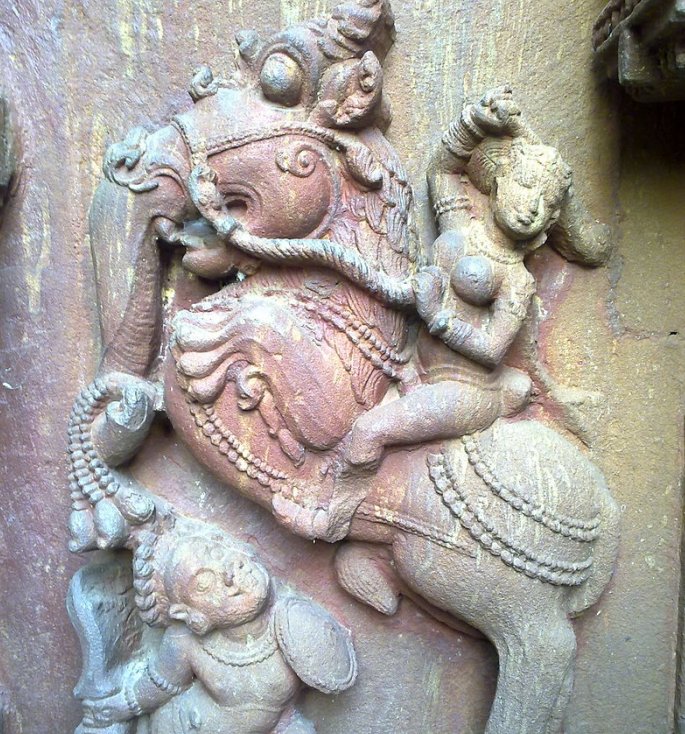
Yali and rider, Mukteshvara Temple, Bhubaneshwar, Odisha state, India. Source
Therefore countless depictions show Yali as part lion, part elephant, and part horse, but also in other similar shapes with a tail of a serpent.
Yali Is Associated With Architecture And Spatial Geometry
According to Vastu Shastra ("science of architecture"), a traditional Indian system of architecture originating in India, there are 16 types of Yalis or Vyalas.
All of them are among the finest sculptures in India, but that’s not all. The mythical Yali’s function is to define space. This function is very important in Vastu Shastra.
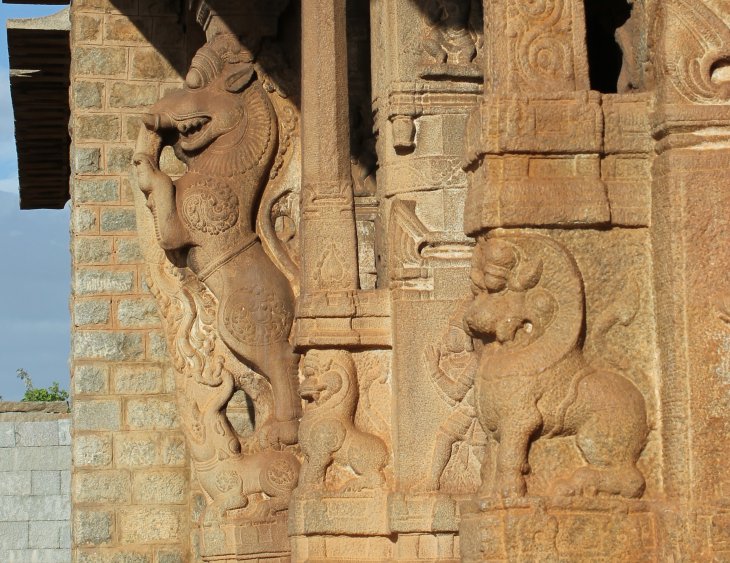
Yali pillars at Ananthasayana temple, Ananthasayanagudi, Karnataka state, India. Source
We are aware of how remarkable is the architecture of India could only be achieved thanks to principles of design, layout, measurements, ground preparation, space arrangement, and spatial geometry. All these principles are mentioned in ancient texts from the Indian subcontinent, where Vastu Shastra is closely associated with traditional Hindu beliefs and in some cases also Buddhist ones.
Yali Linked To A Griffin And A Leogryph
Yali has been sometimes described as a leogryph, commonly depicted in Burmese iconography and Myanmar architecture, especially as a pair of guardians flanking the entrances of Buddhist pagodas and monasteries. Another legendary monster with the head and wings of an eagle and the body of a lion was the griffin.
Yali pillars at the Someshvara temple in India. Credit: Dineshkannambadi - CC BY-SA 3.0
The griffin has been often compared to several ancient mythological creatures, and these include the Lamassu, an Assyrian protective deity, usually depicted with a bull or lion's body, eagle's wings, and human's head.
Lamassu guarded and supported important doorways and entrances in Assyrian palaces, while the powerful Yali sometimes depicted standing on the back of Makara, was a divine protector of temples.
The various carved statues of Yali symbolize protection, intelligence, power, knowledge, speed, wisdom, loyalty, unifying force, predator's nature, mortality, the courage of the warrior, and much more. Most of these characteristics symbolize man's struggle over the elemental and dangerous forces of nature and are clearly expressed by various carvings of the Yali. They have their honorable places in many temples of India.

The Yali creature can be found in many Hindu temples. Credit: V.R.Murralinath - Adobe Stock
The old sculptures of the Yali are positioned on both sides of an entranceway to temples. However, in modern times, the carvings of this mysterious creature can be also found as decorations on the entrances of both residential and commercial complexes in the towns of India.
Is it just symbolically or do we perhaps still need to feel protected in some way?
Some believe that the Yali is nothing more than a fantastic legendary hybrid creature in the large pantheon of Hindu gods, goddesses, and animal-like divinities. There is currently no physical evidence to suggest that the Yali is, or ever was a real animal.
Written by – A. Sutherland - AncientPages.com Senior Staff Writer
Copyright © AncientPages.com All rights reserved. This material may not be published, broadcast, rewritten or redistributed in whole or part without the express written permission of AncientPages.com
Expand for referencesMore From Ancient Pages
-
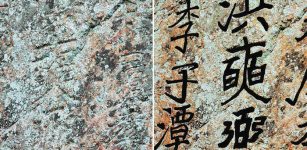 Ancient Graffiti On Sacred Mountain Reveals Secrets Of North Korea
Archaeology | Dec 3, 2021
Ancient Graffiti On Sacred Mountain Reveals Secrets Of North Korea
Archaeology | Dec 3, 2021 -
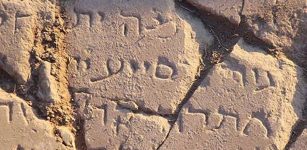 1,500-Year-Old Marble Slab With Inscription Found On East Coast Of Sea Of Galilee
Archaeology | Dec 18, 2015
1,500-Year-Old Marble Slab With Inscription Found On East Coast Of Sea Of Galilee
Archaeology | Dec 18, 2015 -
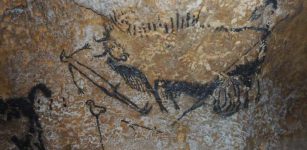 Ancient People Possessed Far Greater Knowledge Of Astronomy Than Previously Believed – Researchers Say
Archaeology | Nov 28, 2018
Ancient People Possessed Far Greater Knowledge Of Astronomy Than Previously Believed – Researchers Say
Archaeology | Nov 28, 2018 -
 History Of The Saltire – Scotland’s National Flag And World’s Oldest Sovereign Flag
Featured Stories | Apr 3, 2016
History Of The Saltire – Scotland’s National Flag And World’s Oldest Sovereign Flag
Featured Stories | Apr 3, 2016 -
 Evidence Of The Moon-Eyed People – More Clues – Part 2
Ancient Mysteries | Dec 29, 2019
Evidence Of The Moon-Eyed People – More Clues – Part 2
Ancient Mysteries | Dec 29, 2019 -
 Great Ruins of Zimbabwe: Unsolved Secrets Of Bizarre Buildings Without Windows And Doors
Civilizations | Jun 24, 2015
Great Ruins of Zimbabwe: Unsolved Secrets Of Bizarre Buildings Without Windows And Doors
Civilizations | Jun 24, 2015 -
 Did Richard The Lionheart Order Assassins To Kill Conrad Of Montferrat, King Of Jerusalem?
Featured Stories | Dec 27, 2018
Did Richard The Lionheart Order Assassins To Kill Conrad Of Montferrat, King Of Jerusalem?
Featured Stories | Dec 27, 2018 -
 30 Ancient Skeletons May Finally Unravel The Secrets Of The Dead Sea Scrolls
Archaeology | Nov 23, 2017
30 Ancient Skeletons May Finally Unravel The Secrets Of The Dead Sea Scrolls
Archaeology | Nov 23, 2017 -
 Philippine Ayta People Have The Highest Level Of Denisovan DNA – New Study
Archaeology | Aug 12, 2021
Philippine Ayta People Have The Highest Level Of Denisovan DNA – New Study
Archaeology | Aug 12, 2021 -
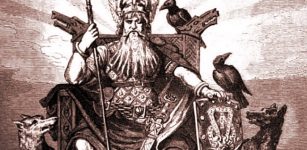 Geri And Freki: Two Wolves ‘Greedy’ And ‘Ravenous’ Were Loyal Companions Of Odin In Norse Beliefs
Featured Stories | Feb 8, 2019
Geri And Freki: Two Wolves ‘Greedy’ And ‘Ravenous’ Were Loyal Companions Of Odin In Norse Beliefs
Featured Stories | Feb 8, 2019 -
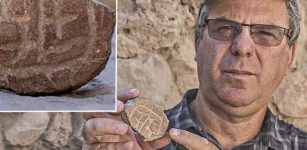 A Seal Impression Dated To Persian Period Discovered In The City Of David
Archaeology | Jul 3, 2020
A Seal Impression Dated To Persian Period Discovered In The City Of David
Archaeology | Jul 3, 2020 -
 Who Has Stolen Charles Darwin’s Notebooks Worth Millions From The University Of Cambridge?
News | Nov 24, 2020
Who Has Stolen Charles Darwin’s Notebooks Worth Millions From The University Of Cambridge?
News | Nov 24, 2020 -
 Cinnabar And Hematite Were Used In Early Teotihuacan Murals – INAH Researchers Say
Archaeology | Aug 5, 2020
Cinnabar And Hematite Were Used In Early Teotihuacan Murals – INAH Researchers Say
Archaeology | Aug 5, 2020 -
 Mysterious And Unexplained Encounter With Unusual Tiny Beings In Italy – A Strange Connection – Part 2
Featured Stories | Jan 18, 2022
Mysterious And Unexplained Encounter With Unusual Tiny Beings In Italy – A Strange Connection – Part 2
Featured Stories | Jan 18, 2022 -
 Amaterasu: Shinto Goddess Of The Sun And Priestess-Queen Sister To Controversial Susanoo God Of Storms
Featured Stories | Jan 25, 2019
Amaterasu: Shinto Goddess Of The Sun And Priestess-Queen Sister To Controversial Susanoo God Of Storms
Featured Stories | Jan 25, 2019 -
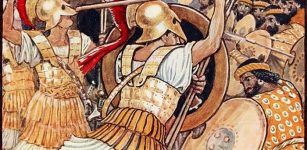 On This Day In History: Battle Of Marathon Was Fought – On Sep 12, 490 BC
News | Sep 12, 2016
On This Day In History: Battle Of Marathon Was Fought – On Sep 12, 490 BC
News | Sep 12, 2016 -
 Mysterious Ancient Danube Stone Faces And The Fish Goddess Connection
Ancient Mysteries | Dec 18, 2019
Mysterious Ancient Danube Stone Faces And The Fish Goddess Connection
Ancient Mysteries | Dec 18, 2019 -
 Neolithic People Ate Focaccia As Far Back As 9,000 Years Ago
Human Beginnings | Nov 25, 2024
Neolithic People Ate Focaccia As Far Back As 9,000 Years Ago
Human Beginnings | Nov 25, 2024 -
 Ancient Hebrew Inscription Reveals Location Of Biblical Mount Sinai
Archaeology | Nov 21, 2019
Ancient Hebrew Inscription Reveals Location Of Biblical Mount Sinai
Archaeology | Nov 21, 2019 -
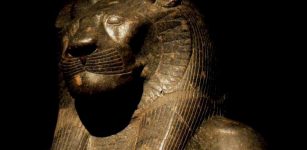 66 Diorite Statues Of Lion-Headed Goddess Sekhmet Discovered In Luxor, Egypt
Archaeology | Mar 9, 2017
66 Diorite Statues Of Lion-Headed Goddess Sekhmet Discovered In Luxor, Egypt
Archaeology | Mar 9, 2017

